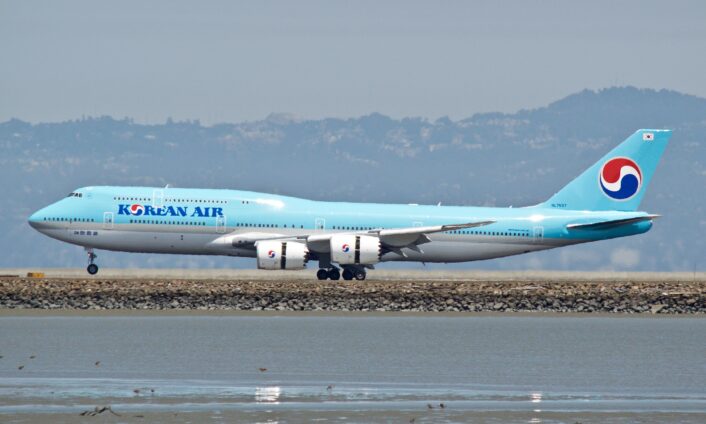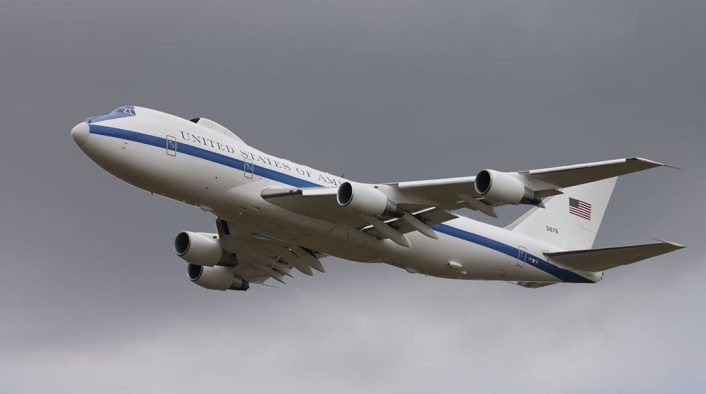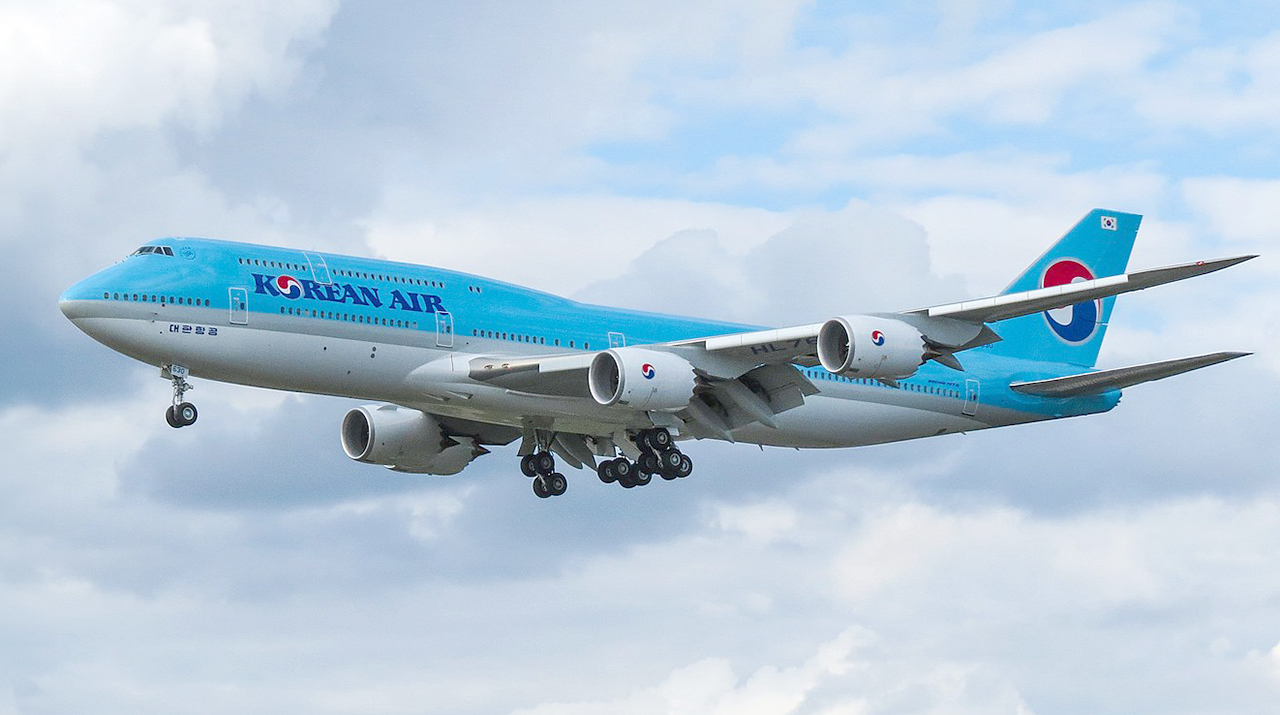The five former Korean Air B-747-8s are likely going to be converted for the replacement of the U.S. Air Force E-4B Nightwatch “Doomsday” plane.
Korean Air announced in a filing on Wednesday that it will sell five of its aircraft to U.S. aerospace firm Sierra Nevada Corporation (SNC), Reuters reported. The aircraft being sold by Korean Air are Boeing 747-8s, according to a source familiar with the matter.
The transaction, valued at 918 billion Korean won (approximately $674 million), aligns with Korean Air’s strategic plan to phase out older aircraft and introduce newer generation models, as stated in the airline’s filing. The sale is scheduled to be completed in September 2025.

While SNC has not confirmed whether these planes will replace the current E-4 fleet, however it seems quite likely.
In fact, Sierra Nevada recently secured a 13 billion USD contract from the U.S. Air Force for the Survivable Airborne Operations Center (SAOC) program, to develop a successor to the E-4B Nightwatch, also known as the “Doomsday plane” for its role in nuclear war scenarios and emergency command and control operations. The new aircraft is expected to enter active service in 2036.
As explained in a previous article, similarly to the E-4B, the new SAOC will be a specialized variant of a commercial derivative aircraft, whose type has not been announced yet. One of the possible options could be the Boeing 747-8 since the requirements ask for a four-engine aircraft. Considering the Boeing 747 production ended last year, the Air Force will have to use second-hand aircraft (if the a variant of the “Jumbo” it ends up being the chosen aircraft).
The new aircraft will feature enhancements to withstand electronic and nuclear threats, including secure communications, self-defense systems, air refueling capabilities, and a modular open systems approach allowing for swift upgrades to enhance its operational effectiveness. While the exact number of aircraft to be procured remains undisclosed, some reports suggest the Air Force intends to acquire between 8 to 10 aircraft for the SAOC fleet.
The E-4B Nightwatch
The E-4B, a modified Boeing 747-200, serves as the National Airborne Operations Center (NAOC), acting as a flying command, control, and communications hub for directing nuclear and conventional forces. It plays a critical role by receiving, verifying, and relaying Emergency Action Messages (EAM). The U.S. Air Force operates four E-4B aircraft, managed by the Air Force Global Strike Command based at Offutt Air Force Base in Nebraska. Typically, one aircraft is airborne every 12 hours, with another standing by for immediate departure, ready to launch within a 5-minute notice.

The E-4B aircraft, essential for carrying the U.S. Secretary of Defense and other high-ranking officials during international trips alongside Air Force One, is purpose-built to ensure the survival of American decision-makers in dire scenarios like nuclear conflicts, crises, or even fantastical events like zombie invasions or alien attacks. To fulfill this role, it’s equipped to withstand electromagnetic pulses (EMPs), which could disrupt or damage modern electronic systems. Instead of modern glass cockpits, the E-4B features resilient analogue-style avionics that are less susceptible to EMPs.
It is fortified against EMPs, featuring a robust electrical system capable of supporting advanced electronics and a diverse array of communications equipment. It boasts an advanced satellite communications system that enables global connectivity for senior leaders through its airborne operations center. Additional enhancements include shielding against nuclear and thermal effects, acoustic control measures, an upgraded technical control facility, and improved air conditioning systems to cool vital electrical components.
According to information from the U.S. Air Force, the main deck of the Nightwatch aircraft is divided into six key functional areas: a command workspace, conference room, briefing area, operations team workspace, communications zone, and rest facilities. An E-4B can accommodate up to 112 individuals, comprising a joint-service operations team, Air Force flight crew, maintenance and security personnel, communications specialists, and select support staff.













